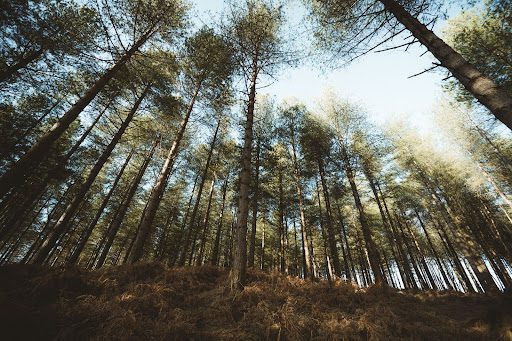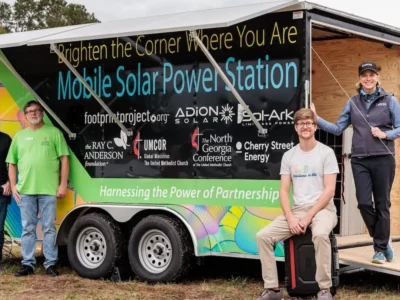As we strive to increase stewardship and restorative acts of service around the world, an online map is adding optimism by tracking the positive impacts of researchers and volunteers’ work.
In Genesis 1:26-28 (NRSV) God says, “Let us make humankind in our image, according to our likeness; and let them have dominion over the fish of the sea, and over the birds of the air, and over the cattle, and over all the wild animals of the earth, and over every creeping thing that creeps upon the earth.”
In the Summer of 2021, an ecologist, Thomas Crowther, launched a new technology, Restor. The tool is a map that focuses on areas of the world that are being restored through environmental stewardship and sustainability efforts. Efforts that are increasing food security for more than 1.3 million people and can provide restoration to avoid 60% of threatened species from going extinct. The map has already located 76,000 sites worldwide since their launch in June of last year and connected 50,000 people to shared data.
Finding Restoration
Can anyone become a restoration champion? Restor says yes. The company sees the benefits of connecting localized restoration initiatives with large global movements to share scientific data, supply chains, and also funding. Additionally, the project seeks to increase impact, scale and sustainability of new efforts through this approach.
In October 2020, Dr. Thomas Crowther announced Restor and the mission behind the platform saying, “Restor provides free ecological insights, to show which species of trees, grasses, or shrubs might exist in that region. Monitoring projects so we can all see the projects happening on the ground, and most importantly for the sharing of ecological information so that restoration organizations can learn from one another. So that investors can find projects to invest in. Restor is a digital ecosystem for restoration. The more data that is uploaded, the stronger the predictions get, and the more informed actions we can all take.”
Restor’s team built a network of people who reported data. From the data they were able to follow patterns, and predict forest structures on earth. For the first time, they were able to conclude that our earth is home to over 3 trillion trees. Which is almost half of what existed before westernization. With the model they were able to see where trees might be able to grow. Outside of farm land and urban areas there are .9 billion hectares where trees can grow, or room for 1 trillion trees. If trees were planted at this rate they would be able to capture 30 percent of excess carbon, and remove decades of human emissions.
While Restor has been clear to state the restoration efforts alone will not tackle all environmental problems without changes in behavior, it is providing needed hope as the information grows on new restorative opportunities around the world.
Restor is working to connect more communities to collaborate on environmental stewardship. Nyaguthi Chege, Executive Director of The Green Belt Movement, says, “We connect communities across Kenya to promote economic well being by restoring nature. With this (Restor) tool, we can easily determine which species are native to a region and assess the carbon that different ecosystems can store, information that is so important to get restoration projects over initial hurdles and realize our vision.”
Through Restor’s website anyone with an internet connection can be a part of their efforts. Whether you are a volunteer, non-profit, or scientific organization, Restor can help locate what you may be looking for. Users will also be able to connect with other users from many different parts of the world.





 Copyright
2024
Root and Vine
Copyright
2024
Root and Vine